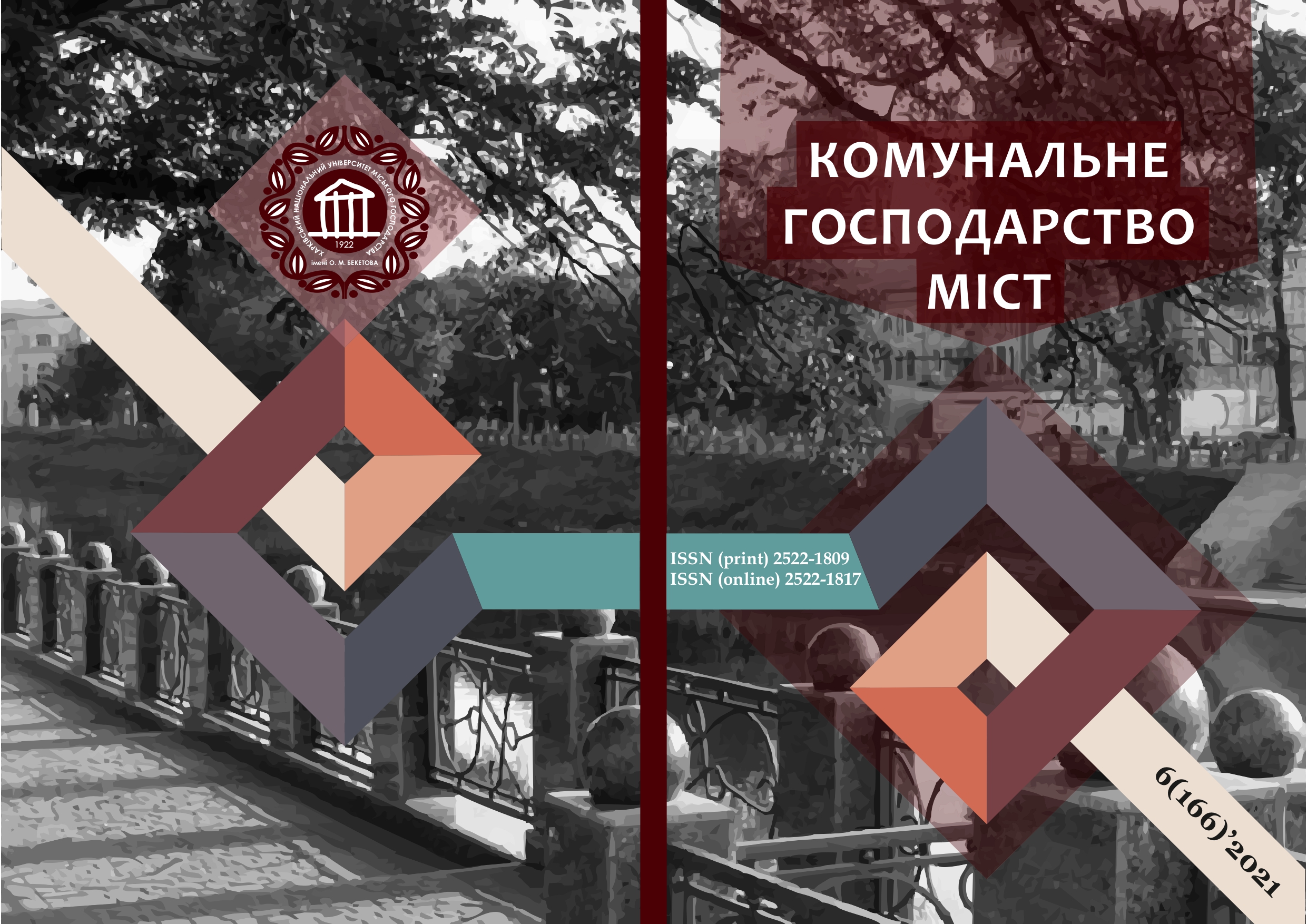FOCUS ON ARTIFICIAL INTELLIGENCE FOR PREDICTING THE OUTFLOW OF CLIENTS FROM ON-LINE EDUCATION SITES
Array
Keywords:
customer outflow, business transaction model, Weibull distribution, neural network, machine learning algorithms.Abstract
The article examines the process of forecasting customer outflows, which is especially important for companies that use a business model based on subscription. It was found that the outflow rate is extremely important for companies with a subscription and transactional business model, which implies regular payments to the company (banks, telecom operators, SaaS-services, etc.). For this purpose, the types, the main reasons for the outflow of customers and the parameters defined to build a predictive model using machine learning algorithms were considered. The result was the hypothesis of the reasons for the outflow of customers from sites that provide training services based on courses that are presented on-line in the Internet space. To build a model of outflow forecasting, the behavioral characteristics of students, their motivation and the structure of the courses themselves were studied. Based on the collected large array of data, their change was analyzed by a large number of parameters and the relationships between the behavioral characteristics of students, course structures and their passage were identified. A variant of the forecasting model was built, for which the accuracy of its operation was increased and the results were integrated into the customer outflow prediction module. The final list of features included more than 100 parameters, which were divided into 6 blocks. As a result, a predictive model was created using the Weibull distribution, as client behavior can be considered as a kind of survival model. To estimate the probability of customer outflow, based on the considered hypotheses, a recurrent neural network with an LSTM layer was developed, where a negative logarithmic likelihood function was used as a loss function for the Weibull distribution. As a conclusion, it was proposed to introduce a stable proactive educational business, when decisions are made not only on the basis of feelings, but also on the basis of data, comes a clearer and more sound understanding of how to improve the educational product.
References
2. Kos, І. (2020). Modern management tools for a consulting company. Proceedings of the 87th Scientific Student Conference “Innovative Ukraine: creative ideas and projects”, 4–13 May 2020. Kyiv, KNEU, 76–78 [in Ukrainian]
3. Customer outflow: causes and remedies. URL: https://fractus.com.ua/uk/blog/korysni-statti/prodazhi/vidtik-kliientiv-prichini-ta-usunennja/ [in Ukrainian]
4. Basic terms and metrics - internet marketing, web analytics and contextual advertising. URL: https://bizautomation.com.ua/internet-marketing-terminu/ [in Ukrainian]
5. Zagarchuk, V., Klym, O., Antokhova, I. (2020). The use of artificial intelligient in trare. International scientific e-journal ΛΌGOΣ. ONLINE, 15. DOI: https://doi.org/10.36074/2663-4139.15.10 [in Ukrainian]
6. Stuzhuk, K.S., Bredіhіn, V.M. (2021). Artificial intelligence to predict the outflow of customers. Proceedings of the VI All-Ukrainian scientific-practical conf. applicants for higher education and young scientists Prospects for the development of territories: theory and practice, 18–19 Nov 2021. [in Ukrainian]
Downloads
Published
How to Cite
Issue
Section
License
The authors who publish in this collection agree with the following terms:
• The authors reserve the right to authorship of their work and give the magazine the right to first publish this work under the terms of license CC BY-NC-ND 4.0 (with the Designation of Authorship - Non-Commercial - Without Derivatives 4.0 International), which allows others to freely distribute the published work with a mandatory reference to the authors of the original work and the first publication of the work in this magazine.
• Authors have the right to make independent extra-exclusive work agreements in the form in which they were published by this magazine (for example, posting work in an electronic repository of an institution or publishing as part of a monograph), provided that the link to the first publication of the work in this journal is maintained. .
• Journal policy allows and encourages the publication of manuscripts on the Internet (for example, in institutions' repositories or on personal websites), both before the publication of this manuscript and during its editorial work, as it contributes to the emergence of productive scientific discussion and positively affects the efficiency and dynamics of the citation of the published work (see The Effect of Open Access).

